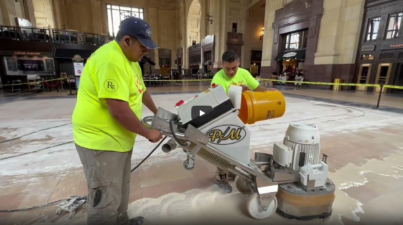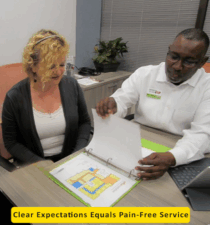The flooring in your space not only serves a functional purpose but also significantly contributes to the overall aesthetics and ambiance. When faced with old or worn-out floors, the decision to transform or replace becomes a pivotal choice. Let’s explore the factors and considerations that can help you determine whether to breathe new life into your old floors or embark on a complete replacement.
- Assessing the Current Condition: Begin by carefully assessing the current condition of your old floors. Surface-level wear, minor scratches, or fading may be suitable for transformation, while deep-seated damage, extensive wear, or structural issues may indicate the need for replacement.
- Budget Constraints: Budget considerations often play a crucial role in the decision-making process. Transforming old floors is generally a more cost-effective option compared to a complete replacement. Restorative measures such as refinishing, resealing, or adding overlays can offer a budget-friendly solution without compromising on aesthetics.
- Aesthetic Preferences: Consider your aesthetic preferences and the desired look for your space. If you are satisfied with the current flooring material and want to maintain its character while addressing wear and tear, a transformation might be the ideal choice. However, if you are seeking a drastic change or have specific design preferences, replacement may be more suitable.
- Flooring Material and Durability: The type of flooring material also influences the decision-making process. Some materials respond well to transformations, such as hardwood floors that can be refinished, while others may show better results with replacement. Assess the durability and lifespan of the existing material to determine the most cost-effective and practical solution.
- Environmental Impact: Opting for a transformation can align with environmental sustainability goals by minimizing waste and the need for new materials. If eco-friendliness is a priority, exploring transformative options may be a more environmentally conscious choice.
- Time and Disruption: Consider the time and disruption involved in both transformation and replacement projects. Transformative measures like refinishing or adding overlays often require less time and cause minimal disruption compared to the extensive process of ripping out and replacing flooring.
- Future Maintenance Considerations: Evaluate the long-term maintenance requirements associated with both transformation and replacement. Some transformed floors may require periodic maintenance, such as refinishing, while certain replacements may offer low-maintenance solutions that stand the test of time.
- Professional Consultation: Engaging with flooring professionals can provide valuable insights into the possibilities for your old floors. Professionals can assess the condition of the existing flooring, discuss available options, and offer recommendations based on your preferences, budget, and long-term goals.
Conclusion:
The decision to transform or replace your old floors is a nuanced one that requires a careful evaluation of various factors. Whether driven by budget constraints, aesthetic preferences, or sustainability goals, understanding the unique characteristics of your existing floors and exploring available options will guide you toward the most suitable solution. We have already helped many Property Managers and Facility Directors in the Kansas City Metropolitan Area with A thoughtful approach, combined with professional advice, ensuring that your choice aligns with both your practical and aesthetic considerations, ultimately enhancing the beauty and functionality of your space.




